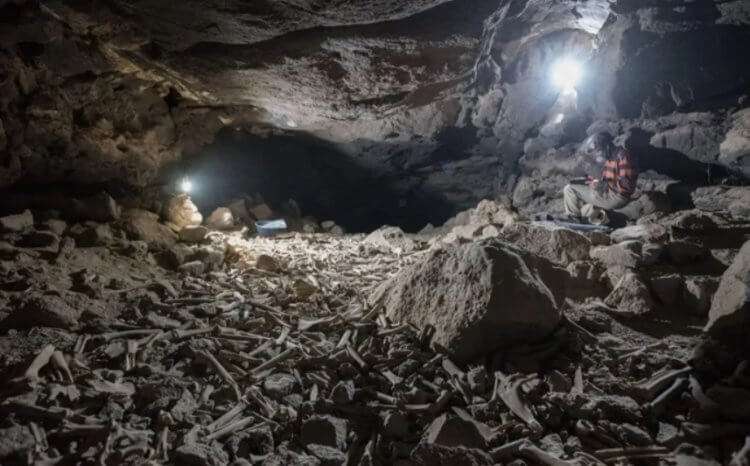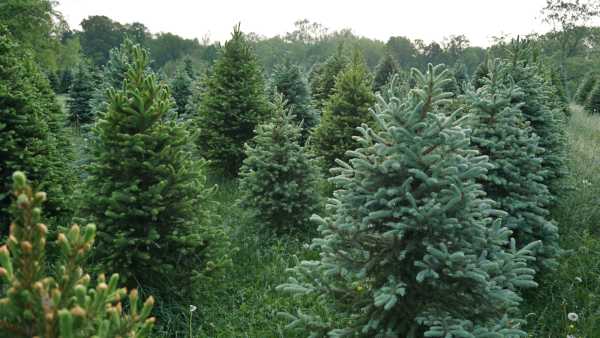There is a volcanic field in Saudi Arabia, Harrat Khaybar, which covers more than 14,000 square kilometers. This field was formed as a result of eruptions that occurred over the past 5 million years. It is thought that the local volcanoes last erupted between 600 and 700 A.D., with lighter colored rock, which happens when there is too much alkali and comendite in the lava. Many lava flows form cavities that cool and become lava tubes. There is a huge tunnel in the territory of Kharrat Khaybar that could well be called a real cave. It is called Umm Jirsan and stretches for a staggering 1.5 kilometers and hundreds of thousands of bones of animals and even humans have recently been discovered inside it. It sounds very scary, as if some kind of monster lived in this cave.
The cave with bones of animals and people
The terrifying find was reported in the scientific publication Science Alert. Inside Umm Jirsan cave, scientists have indeed found hundreds of thousands of bones that belong to at least 14 different species of animals. According to the authors of the study, we are talking about the remains of cattle, horses, camels, rodents and so on. The worst thing is that human remains can also be found in the pile of bones.
This 1.5-kilometer-long lava tube is literally crammed with hundreds of thousands of perfectly preserved animal remains,” said zooarchaeologist Matthew Stewart.
It all looks really creepy and it might seem that this place was once inhabited by a maniac or a monster unknown to science. But the reality is somewhat dull – scientists believe that the bones were brought to the cave by striped hyenas (Hyaena hyaena). These are rather large animals, with a body mass usually equal to 60 kilograms. They are mostly nocturnal predators that lead a solitary lifestyle. They rarely hunt themselves and prefer to feed on carrion. Most of the time they are left with only bones to nibble on, but this is no problem for hyenas because they have very powerful jaws.
Peculiarities of striped hyenas in Saudi Arabia

Based on everything written above, it is most likely that the bones were brought into the cave by these hyenas. Especially since scientists have managed to find their own bones and fossilized fecal remains. Of course, there is the possibility that the bones were also preyed upon by other predators like wolves and foxes. But wolves don’t scatter the bones of their prey far from the hunting ground, and foxes would hardly have the strength to lift such heavy bones. So all suspicion falls on the striped hyenas.
If their assumptions are correct, the bones have been collected by several generations of hyenas over a period of 7,000 years. That said, it is possible that someone is still living inside this huge cave. During an expedition to the Umm Jirsan tunnels in 2007, researchers heard a mysterious “growl” from the depths of the tunnels. Whether this is true or not is not clear – hyenas rarely make sounds in the wild. But if sounds are heard, it is just a growl or a muffled howl.
Scientists still do not know much about Umm Jirsan, but they continue to study it. It takes a lot of time and effort because the tunnels are more than one kilometer long. And inside the lava tube there is no light, many obstacles and other difficulties. Scientists hope that eventually this cave will turn out to be a kind of “time capsule” that will reveal many interesting facts about the lands of Saudi Arabia. By studying the bones found, researchers will be able to find out which animals lived in certain areas and what kind of lifestyle they had.




